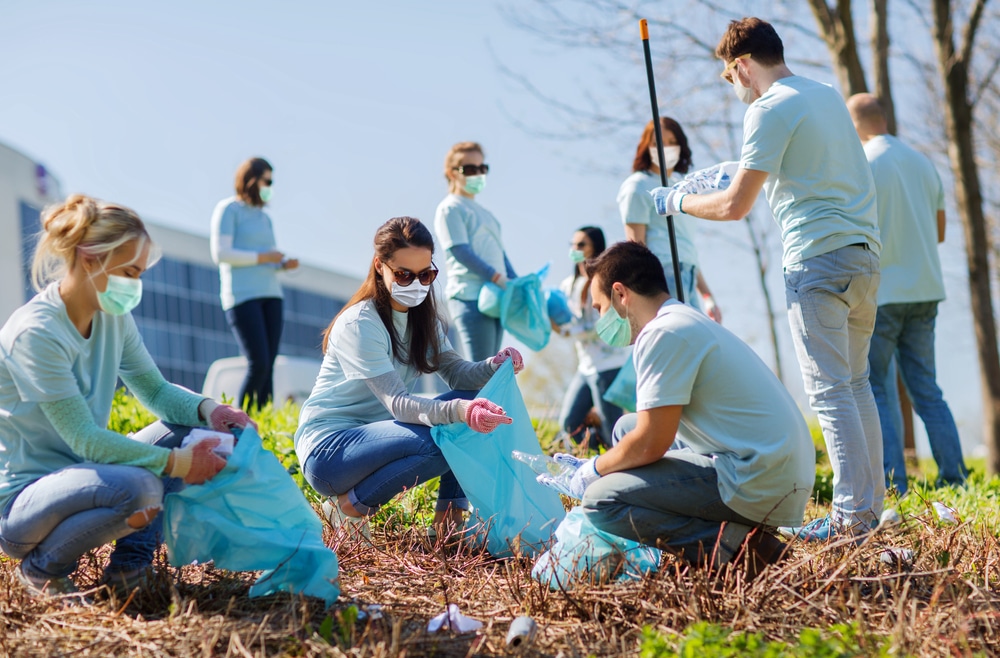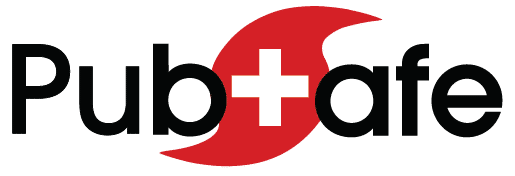Emergency Response Teams
Volunteers, Family, Work, RescueHow Emergency Response Teams Work
Teams in the PubSafe mobile app are built around the needs of volunteers. Volunteers may be a family or an impromptu search and rescue group from a neighborhood. It can also be multiple government agencies coming together on a unified platform for a specific disaster. The number of emergency response teams and number of members that can be in a single team is controlled by the version of the PubSafe mobile app. If you need more teams and members upgrade the app.
Teams vs. Organizations
Generally, emergency response teams are less complex than organizations and do not need the PubSafe portal for coordination and resources. Teams’ focus on joining people through the mobile app where organizations connect and communicate from the portal to the mobile app. Organizations by default have a team ID but teams created by users focus on connecting with other users, not an organization. Users can join the number of teams allotted by the app version but can join an unlimited number of organizations. Users must select their active team from the More menu.

Prices are in US dollars.
Free
- Request help
- Give help
- View SitReps
- View Location updates
Base
- Real-time information
- Alerts – FEMA, USGS, NWS
- Community support
- Member portal map
- Teams: 2
- Members: 5 per team
Plus
- Real-time information
- Alerts – FEMA, USGS, NWS
- Community support
- Member portal map
- Teams: 5
- Members: 50 per team
- Responder status
- Track volunteer hours
- Hide phone number
- Dispatch eligible
Pro
- Real-time information
- Alerts – FEMA, USGS, NWS
- Community support
- Member portal map
- Teams: 7
- Members: 25,000 per team
- Responder status
- Track volunteer hours
- Hide phone number
- Dispatch eligible
- Portal Access
+Join an Organization
- CRM access
- Improved mapping
- Track history for SAR
- Messaging
- Weather Map*
- Digital ID by Event
- *In development
Government
Coming Soon- Real-time information
- Alerts – FEMA, USGS, NWS
- Community support
- Member portal map
- Teams: 10
- Members: 30,000 per team
- Responder status
- Track volunteer hours
- Hide phone number
- Dispatch eligible
- Portal Access
+Join an Organization
- CRM
- Improved mapping
- Track history for SAR
- Messaging
- Free APIs
- Citizen Mass Messaging
- Digital Pass, citizens*
- Digital Pass, NGOs*
- Damage Assessments*
- Drone Video Integration*
- *In development
Disasters, whether natural or man-made, strike with a terrifying immediacy. In the face of chaos and devastation, the human spirit rallies. But effective response hinges on one crucial element: teamwork. A well-coordinated team becomes the bedrock of resilience, allowing communities to weather the storm and rebuild in its aftermath.
The very nature of disasters demands a multifaceted response. Search and rescue operations require the seamless collaboration of first responders, search dogs, and medical personnel. Rescuing survivors trapped in debris is a complex dance, requiring clear communication, specialized skills, and a unified understanding of priorities. A paramedic identifying injuries relies on information relayed by a firefighter who navigated hazardous terrain to reach the victim.
Beyond immediate rescue, a web of emergency response teams springs into action. Engineers assess the damage to infrastructure, while logistics experts coordinate the flow of vital supplies such as food, water, and medicine. Public health officials work tirelessly to prevent outbreaks of disease, while mental health professionals provide emotional support to survivors grappling with trauma. Each team plays a vital role, but their effectiveness hinges on clear communication and a shared understanding of the bigger picture.
Strong leadership is essential for fostering effective teamwork. Leaders must be able to delegate tasks efficiently, assess situations quickly, and make decisive calls under immense pressure. They must inspire confidence within their teams and facilitate cooperation across different disciplines. A strong leader builds trust, fosters open communication, and creates a collaborative environment where everyone feels empowered to contribute their expertise.
Technology plays a crucial role in enabling effective teamwork during disaster response. Real-time communication platforms allow emergency response teams to share information instantaneously, facilitating coordinated action. Geographic Information Systems (GIS) provide a visual snapshot of the disaster zone, helping to map damage and prioritize resource allocation. Additionally, drones can be deployed for search and rescue operations, providing a bird’s-eye view of the affected area.
However, teamwork in disaster response extends beyond the realm of professional responders. Communities themselves become powerful teams in the face of adversity. Neighborhoods collaborate on search efforts, share resources, and provide emotional support for one another. Social media platforms can be utilized to spread vital information and coordinate relief efforts. Ordinary citizens become heroes, their willingness to help strangers forging a powerful sense of unity.
Building strong teams even before disaster strikes is crucial for an effective response. Regular training exercises allow first responders and volunteers to practice working together and refine their communication skills. Disaster response plans should clearly outline team roles, responsibilities, and reporting structures. Investing in community preparedness programs empowers residents with basic survival skills and fosters a culture of mutual aid.
The road to recovery after a disaster is long and arduous. Emergency response teams play a crucial role in rebuilding infrastructure, restoring vital services, and providing financial assistance to those who have lost their homes and livelihoods. Long-term recovery efforts require collaboration between government agencies, non-profit organizations, and private businesses. Only through coordinated efforts can communities rebuild stronger and more resilient in the face of future disasters.
In conclusion, teamwork is the lifeblood of effective disaster response. In the aftermath of chaos, well-coordinated teams can make the difference between survival and succumbing to the devastation. From first responders bravely venturing into harm’s way to communities banding together in support, teamwork builds resilience and fosters hope in the face of disaster. By investing in strong leadership, utilizing technology effectively, and fostering a culture of collaboration, we can ensure that even in the darkest hours, the human spirit shines through.
